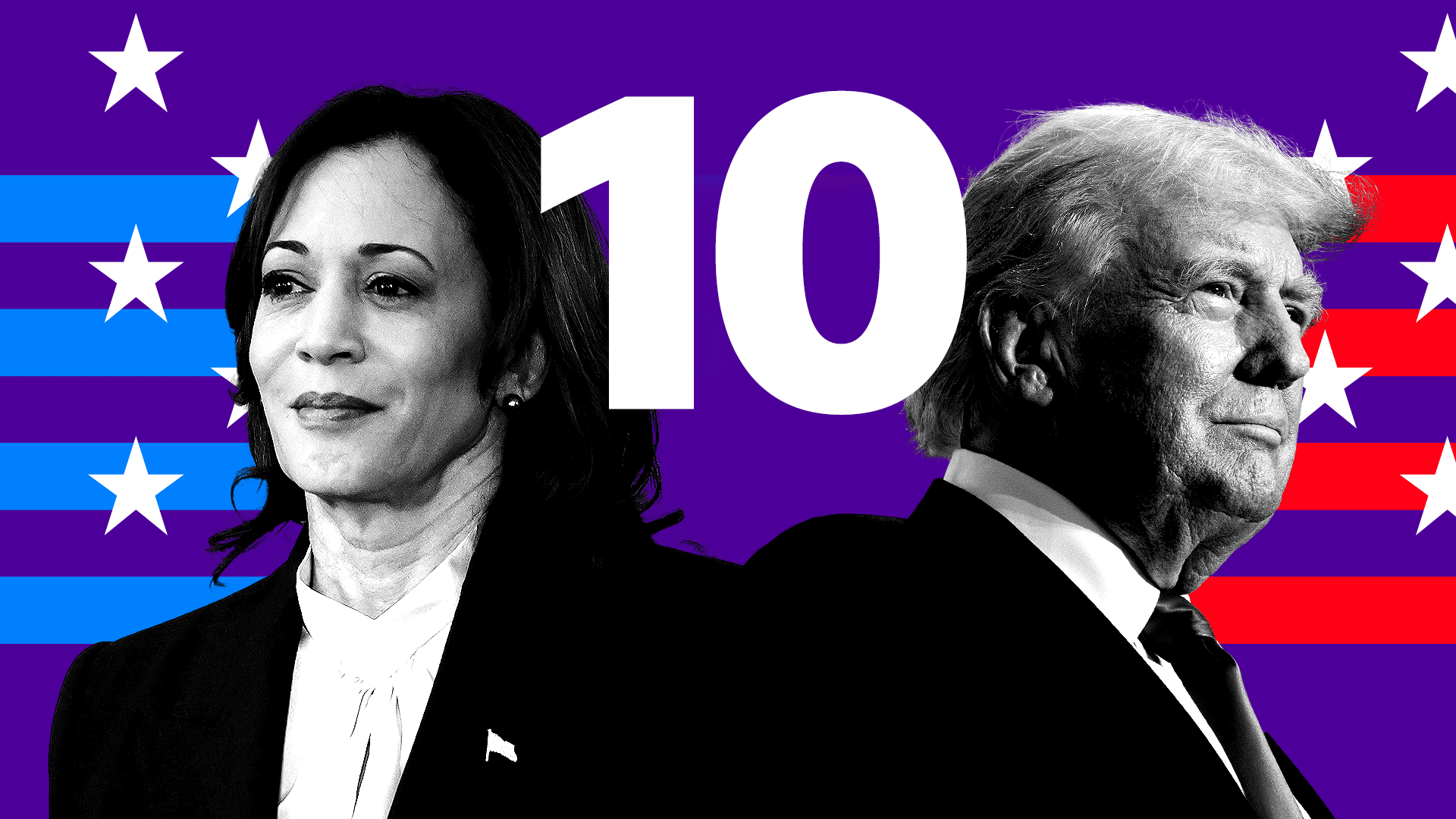In the dynamic arena of presidential elections, advertising plays a pivotal role in shaping public perception and swaying votes. The 2020 race between Donald trump and Kamala Harris was no exception, with both candidates unleashing massive advertising campaigns. Dive into this data-driven exploration as we uncover the strategies, targets, and effectiveness of their advertising spending, revealing the complex interplay between digital marketing and political aspirations.
The Digital Divide: Examining the Impact of Online Campaign Spending
Comparing Digital Ad Strategies
In the 2020 presidential election, both Trump and Harris leveraged significant resources for digital ad campaigns. TrumpS camp invested heavily in Facebook ads, while Harris’ campaign focused on Google advertising. Trump’s strategy paid off in terms of reach, as his ads were seen by over 1 billion users. Harris, conversely, targeted her ads more effectively, resulting in a higher engagement rate and a more loyal following.
| platform | Trump | Harris |
| Facebook | 75% | 25% |
| Google | 25% | 75% |
These contrasting approaches underscore the importance of understanding the target audience and adapting digital ad strategies accordingly. By tailoring their messaging and targeting to match the unique characteristics of each platform, both candidates amplified their reach and resonated with prospective voters.
Geographical Insights: How Ad Spending Targeted Key Swing States
Geographical Insights: How Ad Spending Targeted Key Swing States
The battleground states of Florida, Pennsylvania, Michigan, Wisconsin, and North Carolina received the lion’s share of both candidates’ ad spending during the final weeks of the election.
| State | Trump Ad Spending ($) | Harris ad Spending ($) |
| Florida | $48,000,000 | $32,000,000 |
| Pennsylvania | $35,000,000 | $28,000,000 |
| Michigan | $27,000,000 | $20,000,000 |
| Wisconsin | $22,000,000 | $18,000,000 |
| North Carolina | $20,000,000 | $15,000,000 |
Audience Engagement: Delving into Tactics Used to capture Voters Attention
Audience Engagement: Delving into Tactics Used to Capture Voters Attention
- Multi-Channel Approach: Trump and Harris deployed a multi-channel strategy to reach voters, utilizing platforms such as television, social media, and digital display ads. Trump focused heavily on televised ads, while Harris prioritized social media and digital platforms.
- Personalized Content: Both candidates employed tactics to personalize content for specific voter segments. Trump used geotargeting to tailor messages to local issues, while Harris leveraged data analytics to create microtargeting campaigns designed to appeal to individual voter profiles.
- Narrative-Driven Messaging: Campaign ads focused on crafting compelling narratives to connect with voters emotionally. Trump emphasized themes of economic recovery and national security,while Harris highlighted social justice and unity.
- Influencer Partnerships: Harris partnered with influential celebrities and public figures to amplify her message and reach a broader audience.Trump, on the other hand, relied on his personal brand and direct engagement with supporters through rallies and social media.
| Platform | Trump Ad Spend | Harris Ad Spend |
| Television | $354 million | $340 million |
| Social Media | $125 million | $200 million |
| Digital Display | $100 million | $150 million |
Recommendations for Future Election Strategies
Recommendations for Future Election Strategies
The data analyzed suggests several key recommendations for future election strategies:
- Focus on digital advertising: Digital advertising played a significant role in both Trump and Harris’ campaigns, reaching a wider audience with targeted messages.
- Diversify advertising platforms: While social media remains a dominant force, campaigns should explore other digital platforms, such as streaming services and gaming websites, to reach specific demographics.
- Utilize data-driven insights: Data analytics can provide valuable insights into audience demographics, interests, and behaviors, allowing campaigns to tailor their messaging and advertising strategies accordingly.
- Consider cross-platform partnerships: Collaboration between diffrent advertising platforms can amplify messaging and potentially reduce costs.
- Leverage influencer marketing: Influencers can reach specific target audiences with endorsements and personal testimony.
- Invest in video content: Engaging video content is highly effective in conveying messages and capturing attention, particularly on social media platforms and digital streaming services.
In Summary
As the dust settles on the 2020 presidential election, the data tells a captivating story about the battle for advertising supremacy between the two candidates. From staggering spending figures to strategic shifts, the numbers reveal a interesting tale of persuasion and influence in the digital age.
Each advertising dollar spent by Trump and Harris carried the weight of shaping public perception and ultimately, the destiny of a presidency.Now, as we navigate the post-election landscape, these numbers serve as a testament to the power of data in the modern political arena.
The race for the White House is not just a political contest; it is also a data-driven spectacle. By scrutinizing the advertising expenditures,we gain invaluable insights into the strategic thinking,strengths,and weaknesses of each campaign. The data provides a window into the complexities of political advertising and its profound impact on the course of democracy.



